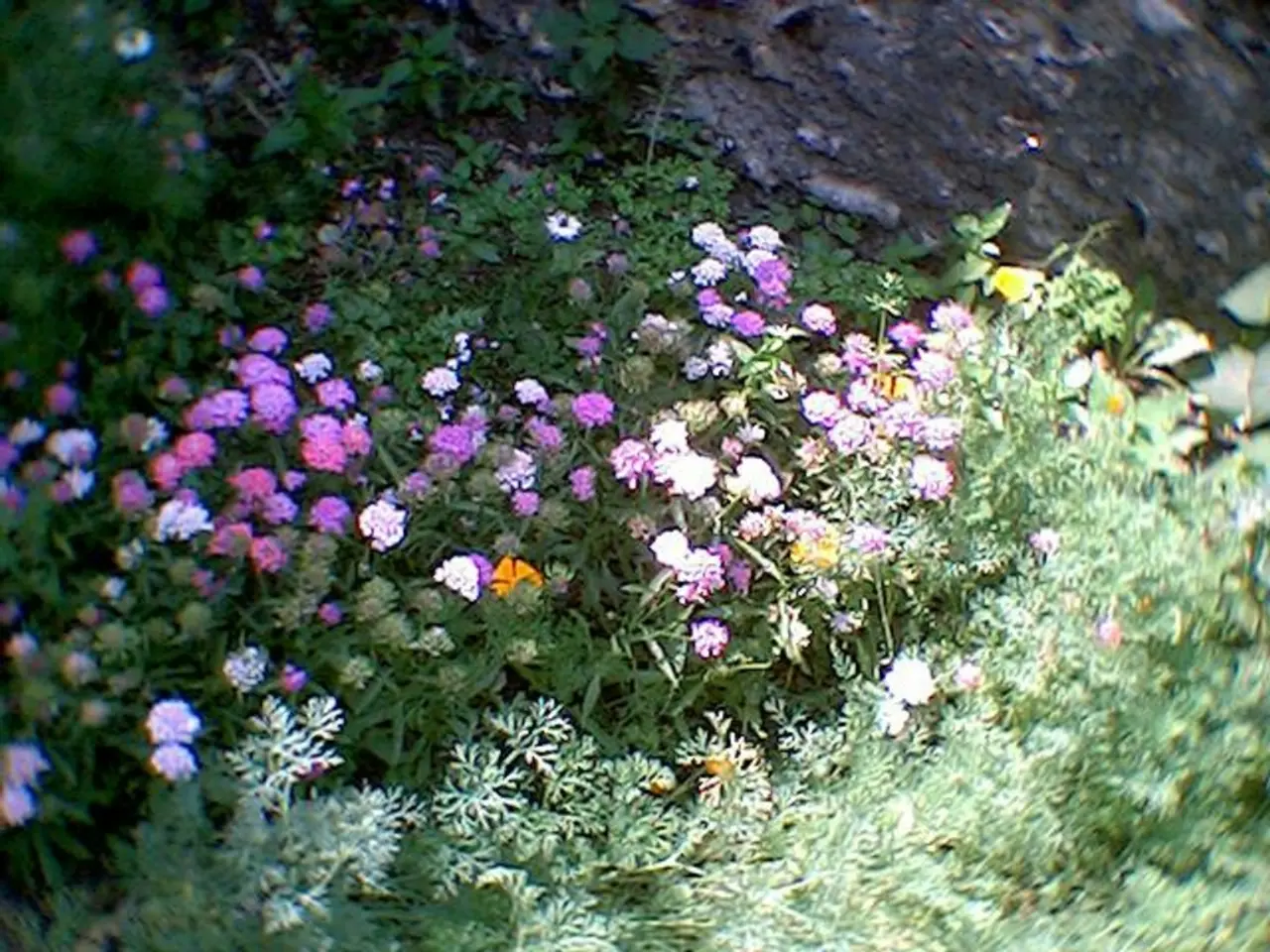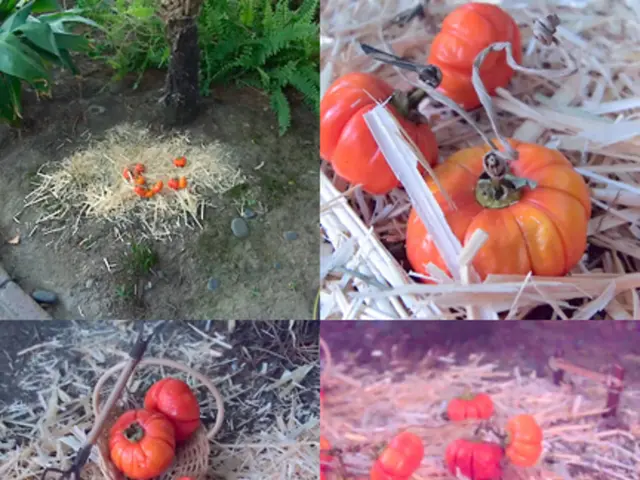Revitalize Your Orchids Properly: Nurture Essential Orchid Varieties for Vibrant Blossoms and Healthy Plant Life
Orchids, with their stunning blooms and diverse growth habits, require specific pruning techniques tailored to their unique characteristics. Here's a step-by-step guide for pruning Dendrobium, Phalaenopsis, Vanda, Oncidium, Cattleya, and Cymbidium orchids:
Dendrobium: After the flowers fade, prune flower spikes by cutting them off near the base, especially if the spike has turned brown or dried. Avoid cutting green canes (pseudobulbs) as they store energy. Remove any dead or diseased canes to encourage healthy growth.
Phalaenopsis: Once the flowers fade, encourage reblooming by trimming the flower spike just below the lowest spent flower node, leaving part of the spike intact to possibly rebloom. Alternatively, if the spike turns brown, cut it all the way back to the base.
Vanda: These orchids have thick aerial roots and long flower spikes. After blooming, cut the flower spike down to the base once it has completely finished and turned dry. Remove any dead roots or leaves to keep the plant healthy.
Oncidium: Cut back flower spikes to their base after blooming. Remove dead or yellowing leaves carefully. Oncidiums have thin pseudobulbs — avoid cutting these; prune only the flowering stems.
Cattleya: After flowers fade, cut the flower spike at its base near the pseudobulb. Remove old or dried leaves and dead pseudobulbs. Cattleyas have fleshy pseudobulbs that should be kept intact for nutrients.
Cymbidium: After flowering, cut the flower stems near the base once flowers have finished and dried. Remove any yellowing leaves and old pseudobulbs carefully. Cymbidiums grow from pseudobulbs and prefer clean pruning to reduce disease risk.
General pruning tips for orchids:
- Always use sterilized, sharp cutting tools to prevent infections.
- Prune any dead, diseased, or damaged parts promptly.
- Avoid excessive pruning; routine pruning is not always necessary but helps stimulate growth or reblooming.
- Timing matters: prune after flowering, not during active bloom.
When repotting, investigate the roots for any damage or disease, and clean out anything that doesn't look healthy. Orchids should be repotted every two years to freshen the soil and move to larger housing if necessary.
For general orchid care, avoid allowing excess water to sit at the base of the plant to prevent root rot. Sturdy bamboo plant supports for orchids can be bought at Walmart in packs of 20-25.
Each species of orchid has its own unique pruning requirements, but the common goal is to remove spent flowers and dead material, optimizing plant energy use in preparation for the next bloom. Orchids may require pruning at different times depending on the species and bloom cycle.
- In addition to pruning specific orchid species, maintaining a balanced and healthy home-and-garden lifestyle includes regular gardening tasks, such as tending to the aerial roots of Vanda orchids by removing dead roots or leaves to keep them healthy.
- To ensure a continuous display of blooms, the lifestyle of an enthusiastic orchid gardener might incorporate pruning techniques for various species at different times, like cutting the flower spikes of Dendrobium down to the base once they have faded and turned brown.






